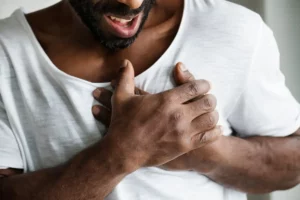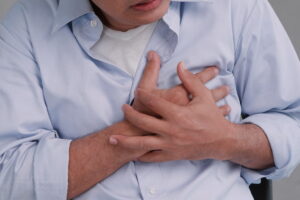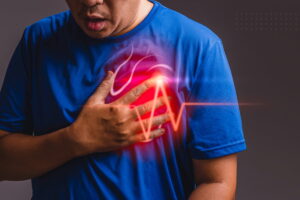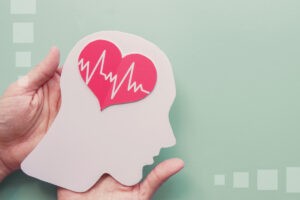

View Topics

The main goal of rehabilitation after a stroke is to restore those skills that a person has lost. It can improve the quality of life significantly and avoid a second blow. Caring for someone who has had a stroke can be very demanding. But there are some basic tips on how to care for a…

Headaches after both hemorrhagic and ischaemic strokes are typical symptoms that go away within 72 hours after stroke, although some cases allow for up to 7 days. Neurologists explain this syndrome as quite a natural consequence of a vascular catastrophe. The cause of these post-stroke headaches, which is the most common secondary headache in elderly…

Stroke kills 6 million people worldwide each year. Some people who have had at least one kind of stroke remain disabled. The prognosis directly depends on the speed of medical care. That’s why it is so important to know how the disease reveals itself and how to behave correctly in this situation. There are two…

It is crucial for stroke patients to maintain a healthy diet. Eating nutritious foods can help reduce the risk of having another stroke and improve overall health. In addition to the fact that healthy food helps prevent a heart attack or helps patients get back on their feet faster after disease, healthy food is just…

Stroke is the fifth highest cause of mortality in the United States, according to the Centers for Disease Control and Prevention (CDC). It can happen when a blood artery carrying oxygen and nutrients to the brain becomes clogged or when a blood vessel draining fluid from the brain ruptures. There are several risk factors for…

Everyone knows that a stroke is a dangerous and serious condition that can lead to complete paralysis and disability, or death. Cerebrovascular accident (CVA), or as we used to say, stroke has different types, and each of them has its own causes, symptoms and consequences. If a person has CVA this can lead to a large number…

In the realm of health, people associate the term “stroke” with the elderly. However, a growing concern is emerging as CVAs increasingly affect young adults. Dismissing the notion that CVAs exclusively target the aged, this article delves into the causes of stroke in young adults. By shedding light on the most common triggers and the…

Preventing a cerebral infarction is crucial for maintaining circulatory system health. Also, it is vital for reducing the risk of severe medical events. During an insult, blood flow to the brain is constantly disrupted. It can have debilitating consequences. They make proactive prevention strategies essential. This guide presents X essential tips that focus on lifestyle…

Middle Cerebral Artery Stroke is a sharp disruption of the normal blood supply to the brain. By the nature of the disorders, there are two main types of stroke: ischemic (often called cerebral artery infarction); hemorrhagic (including subarachnoid hemorrhage). The word ischemic literally means that the blood does not flow sufficiently to this or that…

Lacunar stroke is an ischemic cerebral infarction limited to the territory of the blood supply to one of the small perforating arteries located in the deep regions of the hemispheres and the brain stem. In the process of organizing a lacunar infarction, a rounded cavity is formed, filled with cerebrospinal fluid – a lacuna. Lacunar…